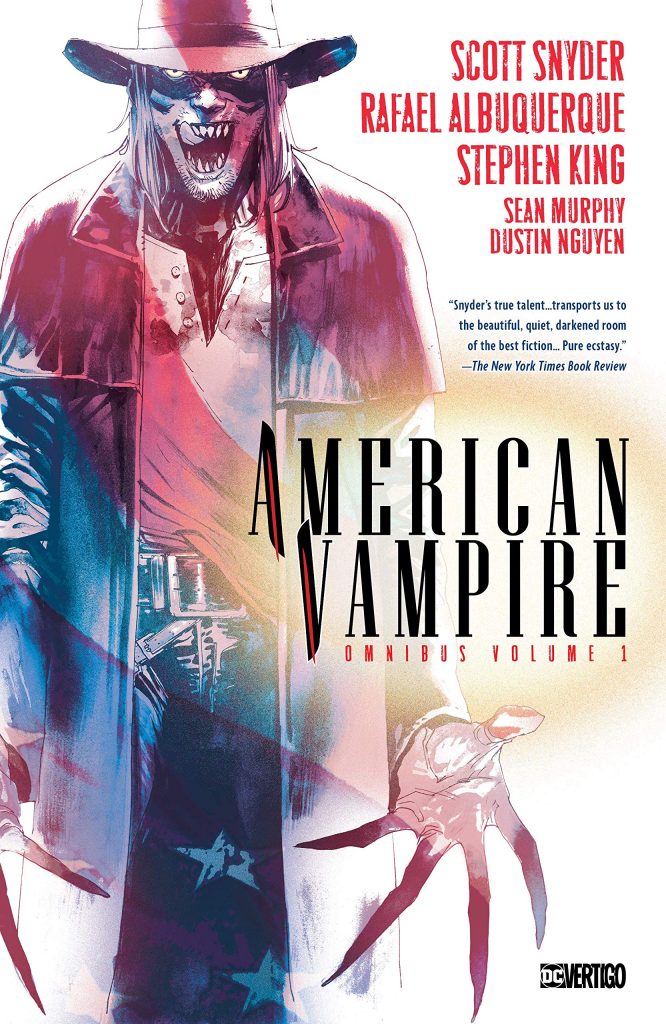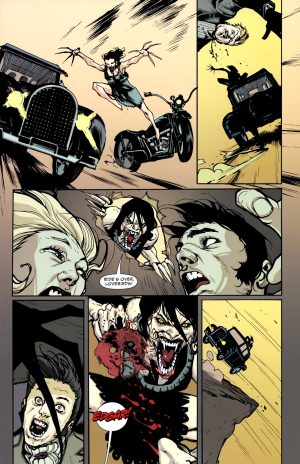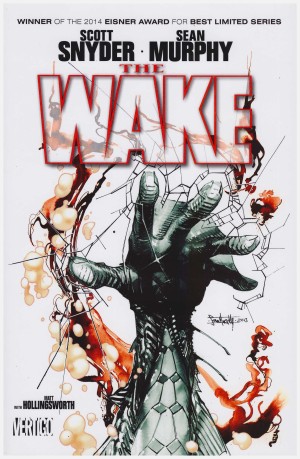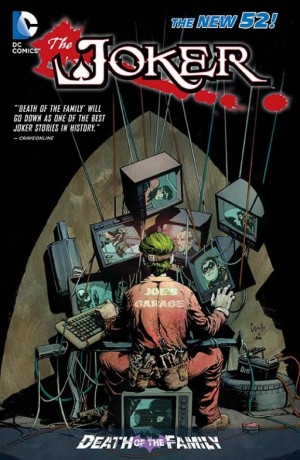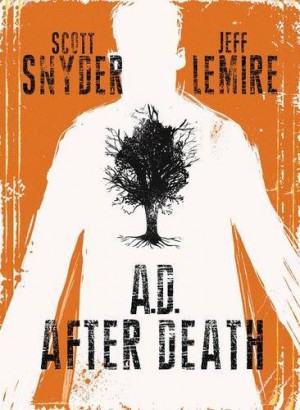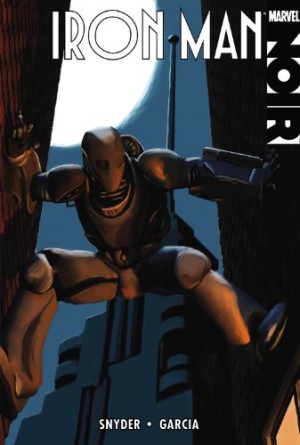Review by Frank Plowright
Despite winning awards, American Vampire is a series that never quite matched the hype generated by its enthusiastic fans, among whom Stephen King can be numbered, persuaded to contribute on the basis of Scott Snyder’s initial premise.
Snyder wanted to restore visceral vampire fiction, dealing with savage creatures of the night cursed by a bloodlust in preference to the posing romantics that had perpetuated the genre for so long. In Skinner Sweet he definitively created a terrifying, amoral sociopath, unashamed of what he is, and unconcerned with what he has to do to survive. Beyond Sweet, Snyder introduces his own vampire mythology, presenting different forms of vampire, each with strengths and limitations, and underlines that there are as many personality types among vampires as there are among humans. Some struggle with what they’ve become, while others, like Sweet, revel in it. He was a vicious bank robber in the 1880s before becoming a vampire, and his new immortality hardly softened his personality, although, as we discover, there are worse than him. Snyder additionally defies convention by jumping forward roughly a decade for each new story arc. He starts the series in Hollywood during the mid-1920s, on the cusp of the sea change of switching from silent movies to talkies, jumps to the construction of Las Vegas, delves into World War II and then into two 1950s tales. Sweet’s always around in some respect, but not always the lead character, as Snyder rapidly expands the cast around him, several of whom also survive the decades, most notably Pearl Jones, whose character development is surprising and impressive.
Rafael Albuquerque is the primary artist, and a mixed blessing. For explicit vampire savagery with buckets of blood he’s definitely the artist of choice, and he’s good at designing characters easily distinguished. However, those characters have all kinds of odd lines on their faces, if Albuquerque can avoid backgrounds he will, and his layouts aren’t the most interesting. He’s not helped by Dave McCaig’s colouring, which renders everything in perma-gloom or seven shades of mud. A story arc illustrated by Sean Murphy is one hell of a leap in artistic experience, and while Dustin Nguyen also has a distanced approach, he really brings the Russian environment to life. Also of note is a single chapter by Jordi Bernet set back in Sweet’s Western days.
King writes the short chapters of Sweet’s violent 1880s past very nicely, but everything else is Snyder’s writing, his best being the stories set during the 1950s, and unfortunately one ends on a hell of a cliffhanger not resolved here. For all the good intentions, though, American Vampire never really catches fire as it should. What’s here is entertaining enough without ever really kicking into high gear. Fans will appreciate the hardcover format and the oversized pages, but anyone coming to American Vampire fresh might want to sample a cheaper paperback first. This combines volumes one, two, three, four and parts of five.
